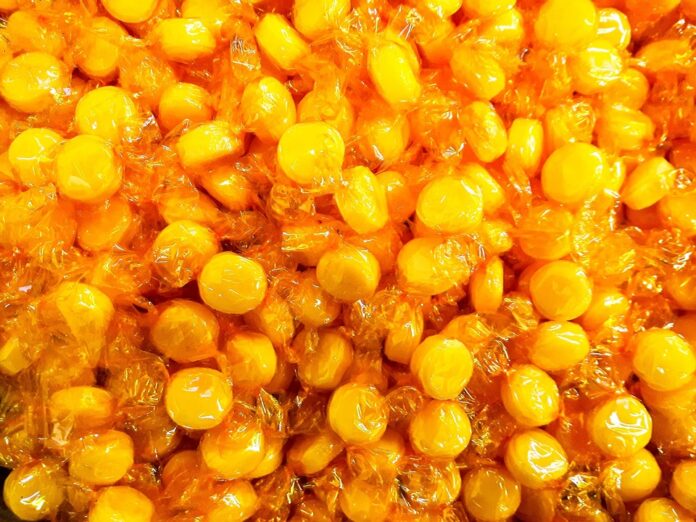Introduction
In recent years, there has been a growing concern about the environmental impact of packaging waste. Single-use plastics, in particular, have become a major issue as they contribute significantly to pollution and waste accumulation. As a result, there has been a push towards more sustainable packaging solutions, including edible packaging. This report will explore the concept of fully consumable edible packaging lines as a way to reduce waste and provide insights into the companies and industry trends driving this innovation.
The Problem of Packaging Waste
Packaging waste is a significant environmental issue that has been exacerbated by the rise of convenience and single-use products. According to the Environmental Protection Agency (EPA), packaging materials account for a large portion of municipal solid waste, with plastics being a major contributor. These materials can take hundreds of years to decompose, leading to pollution of land and waterways.
The Rise of Edible Packaging
To combat the problem of packaging waste, some companies have started exploring edible packaging solutions. These innovative products are made from natural, edible materials that can be safely consumed along with the food they contain. This not only reduces waste but also provides a unique and sustainable experience for consumers.
Benefits of Edible Packaging
There are several key benefits to using fully consumable edible packaging lines. Firstly, they help reduce the amount of waste generated from traditional packaging materials. This can have a positive impact on the environment by decreasing litter and pollution. Additionally, edible packaging can be a more sustainable option as it is made from natural materials that are biodegradable and renewable.
Financial Data and Industry Insights
Market Trends
The market for edible packaging is still relatively niche but is growing rapidly as consumers become more aware of environmental issues. According to a report by Grand View Research, the global edible packaging market is expected to reach $1.3 billion by 2027, with a compound annual growth rate (CAGR) of 7.2%. This growth is being driven by increased demand for sustainable packaging solutions and a shift towards eco-friendly products.
Key Players in the Industry
Several companies are leading the way in developing fully consumable edible packaging lines. Notable players include Loliware, a company that produces edible straws made from seaweed, and WikiCell Designs, which creates edible food and beverage packaging from natural ingredients. These companies are at the forefront of innovation in the sustainable packaging space and are setting the standard for others to follow.
Cost Considerations
While edible packaging may initially be more expensive to produce than traditional packaging materials, the long-term benefits can outweigh the costs. Companies that invest in sustainable packaging solutions can enhance their brand image, attract environmentally conscious consumers, and reduce their impact on the environment. Additionally, as technology advances and production scales up, the cost of edible packaging is expected to decrease, making it a more viable option for businesses.
Implementation Challenges
Regulatory Approval
One of the main challenges facing companies looking to implement fully consumable edible packaging lines is regulatory approval. Food safety regulations are strict, and new packaging materials must undergo rigorous testing to ensure they are safe for consumption. Companies must navigate this complex regulatory landscape to bring their products to market successfully.
Consumer Acceptance
Another challenge is consumer acceptance of edible packaging. While the concept is novel and environmentally friendly, some consumers may be hesitant to eat their packaging. Companies must educate consumers about the safety and benefits of edible packaging to overcome this barrier and build trust in their products.
Conclusion
Fully consumable edible packaging lines offer a promising solution to the problem of packaging waste. By using natural, edible materials, companies can reduce their environmental footprint and provide consumers with a sustainable and unique experience. While there are challenges to overcome, the market for edible packaging is growing, and innovation in this space is expected to continue. As more companies adopt edible packaging solutions, we can look forward to a future with less waste and a healthier planet.




